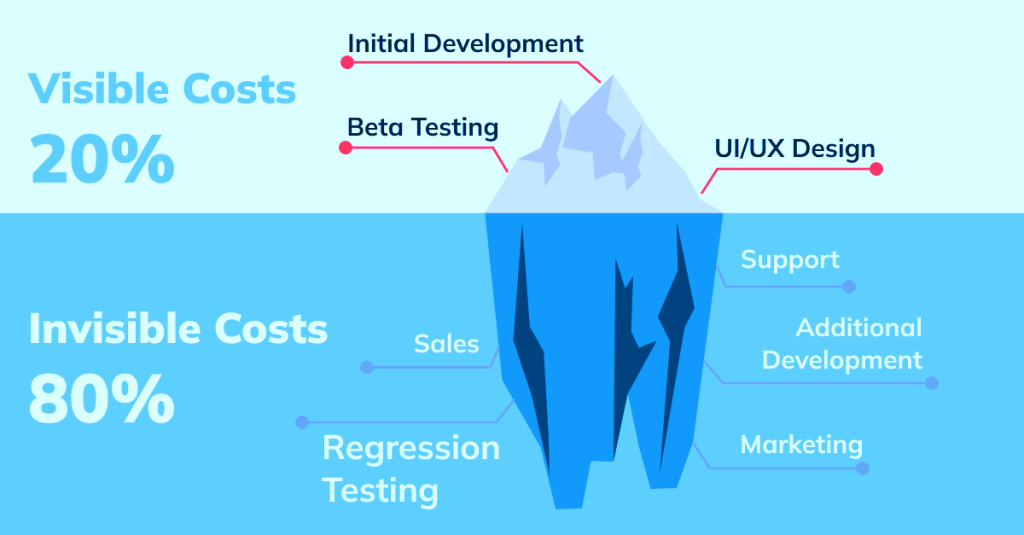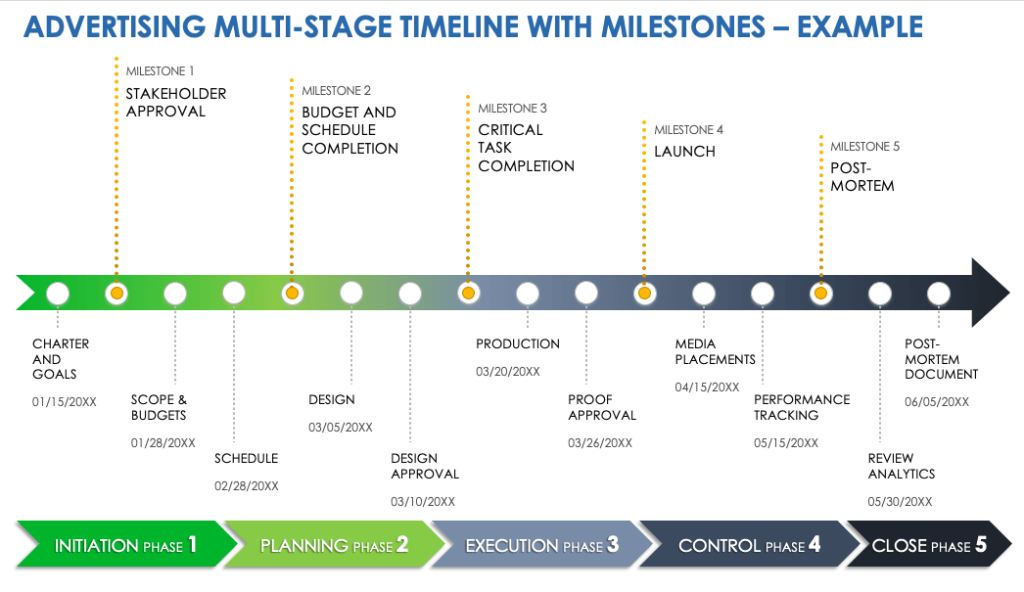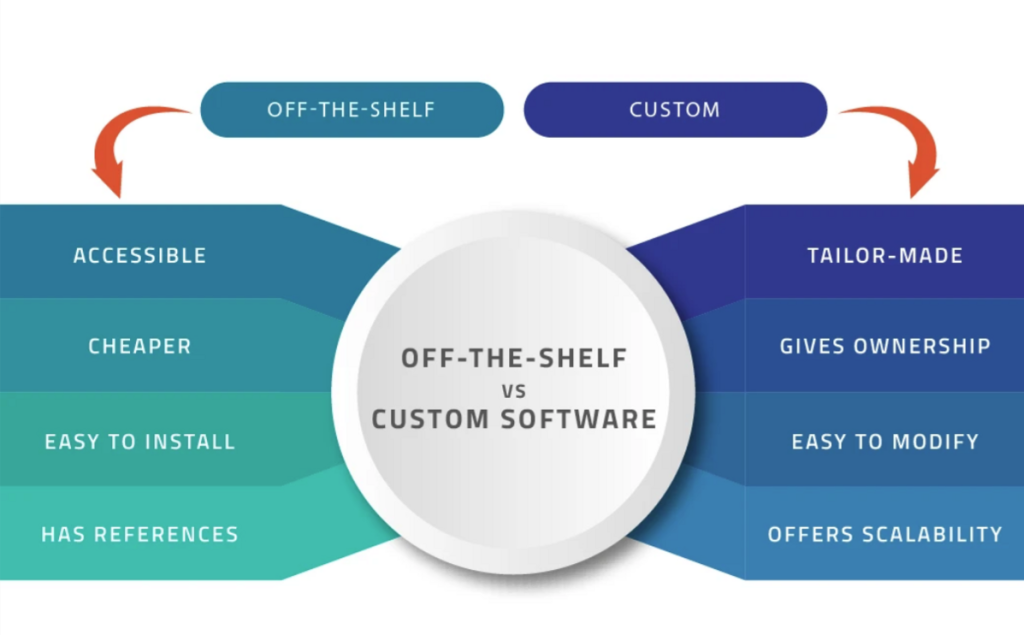In today’s fast-paced business environment, software plays a pivotal role in streamlining operations, improving efficiency, and driving innovation. Whether it’s a small business using accounting software or a large enterprise managing customer relationships with a CRM, the reliance on technology is undeniable.
However, when a company makes the decision to purchase or subscribe to a software solution, the cost isn’t just what’s listed on the website. In fact, the true cost of software goes far beyond the initial price tag. From integration and customization to ongoing maintenance and security, understanding these additional expenses is critical for businesses to avoid unexpected budget overruns.
This blog will explore the real cost of software, delving into not just the upfront expenses, but the hidden, long-term, and opportunity costs that companies must consider before committing to any new software solution.
Introduction:
- Briefly introduce the importance of software in modern businesses.
- Mention that while software often promises productivity and efficiency, the full cost of implementing it is often more complex than just the purchase price.
The Real Cost of Software
In today’s digital world, software is the backbone of virtually every business, from small startups to large enterprises. It enables efficiency, streamlines operations, and facilitates communication. However, while the advantages of the software are clear, the costs associated with acquiring, implementing, and maintaining it can be far more complex than they initially seem. Most businesses make purchasing decisions based on the price tag, but the real cost of software extends well beyond that upfront number. In this blog, we’ll explore these hidden, long-term, and opportunity costs to give you a fuller understanding of what you’re truly investing in when you purchase software.

The Upfront Costs of Software
When businesses think of software costs, the first thing that comes to mind is the purchase price, often in the form of licensing fees. This is especially true for traditional software products that operate under a one-time purchase model. However, with the rise of cloud-based solutions, the subscription model (Software as a Service, or SaaS) has become more popular. SaaS pricing may seem lower on a monthly or annual basis, but it becomes more expensive over time, especially for large teams requiring multiple licenses.
Then there’s customization. Off-the-shelf software rarely fits all the needs of a business perfectly. While many solutions promise flexibility, the reality is that businesses often need to invest in customization to tailor the software to their specific workflows. These customizations, whether done in-house or outsourced to third-party developers, can add substantial costs to what initially appeared to be an affordable solution.
Hidden Costs
The next layer of costs is not immediately apparent but quickly becomes significant once implementation begins. Integration is one such cost. Even the best software needs to work seamlessly with your existing systems, whether it’s your CRM, accounting software, or custom-built databases. The time, labor, and technical resources required to integrate new software with existing platforms can add considerable expenses.

Training is another hidden cost. New software often requires employees to learn a new interface, understand new processes, and adapt to the changes. This means additional time and money spent on training sessions, workshops, or one-on-one mentoring. Moreover, there’s an opportunity cost here as well—during this learning curve, productivity may decline because employees are spending time learning the software instead of performing their core tasks.
Finally, many companies underestimate the costs associated with consulting and professional services. Especially for complex solutions, businesses often need to hire external consultants for implementation, troubleshooting, or even day-to-day management of the software. These professional services can drive costs up significantly, especially if ongoing support is required.
Long-Term Costs
Even after implementation, the financial demands of software don’t stop. One major long-term cost comes in the form of maintenance and support. Software needs regular updates to fix bugs, patch security vulnerabilities, and ensure compatibility with other tools and systems. Whether these updates are handled internally or outsourced, they represent an ongoing financial commitment.
Another consideration is scalability. As your business grows, so do your software requirements. Perhaps the number of users increases, or you require additional features to meet evolving business needs. Scaling a software solution—whether by upgrading to a higher tier of service in a SaaS model or adding new modules to an on-premise system—comes with additional costs. It’s essential to anticipate these future needs when evaluating the total cost of ownership.

Businesses must also prepare for potential downtime and troubleshooting. Software systems, especially complex ones, can encounter bugs or performance issues. When these issues occur, it can lead to reduced productivity, lost sales, and even customer dissatisfaction. The financial implications of software downtime, particularly for SaaS products that handle critical operations, are another often overlooked cost.
Opportunity Costs
Implementing software is a time-intensive process. Businesses often fail to account for the lost opportunities that come with long implementation periods. Depending on the complexity of the solution, it could take weeks or even months to get the software fully operational. During this time, normal business operations may slow down, leading to potential revenue losses. Additionally, the time spent training employees and integrating the software means that other critical projects may need to be put on hold.
Another significant opportunity cost arises when businesses need to switch software down the road. Whether it’s because the current solution no longer meets their needs or because they found a better alternative, transitioning to a new platform can be both costly and risky. Data migration, retraining employees, and reintegrating systems can take months, all while business productivity suffers.

Security and Compliance Costs
Security is a critical factor that adds to the true cost of software. Every software system, especially cloud-based ones, is a potential target for hackers. Protecting sensitive data often requires additional layers of cybersecurity, including firewalls, encryption tools, and regular audits. These extra measures may not be included in the base price of the software but are essential for preventing costly data breaches.
Compliance is another area where hidden costs can creep in. Depending on your industry, your software needs to comply with various regulations such as GDPR (General Data Protection Regulation) or HIPAA (Health Insurance Portability and Accountability Act). Non-compliance can lead to hefty fines and legal fees, so it’s crucial to ensure that your software solution meets all regulatory standards. Staying compliant often involves additional legal consultations, regular audits, and even modifying the software to meet evolving legal requirements.

Custom Software vs. Off-the-Shelf Software
When it comes to software acquisition, businesses face a fundamental choice: should they opt for a custom-built solution or go with an off-the-shelf product? Both options come with their own set of costs.
Custom software offers a tailored experience but is often far more expensive upfront. The development process can take months or even years, requiring close collaboration between your business and the developers. The result may be a solution that perfectly fits your needs, but it comes at the cost of time, money, and potential delays.

Off-the-shelf software, on the other hand, tends to be cheaper initially and faster to implement. However, the need for customization, training, and scaling often offsets these savings in the long run. Moreover, businesses may find themselves outgrowing an off-the-shelf solution more quickly, leading to future investments in entirely new systems.
Future-Proofing Your Software Investment
As technology continues to evolve at a rapid pace, businesses must consider how to future-proof their software investments. A solution that works today may become obsolete in a few years, especially if it cannot adapt to new industry trends, customer demands, or regulatory changes. While future-proofing often means higher upfront costs—choosing a more flexible, scalable, and well-supported system—these investments can save businesses from the significant cost of having to overhaul their software systems every few years.
Choosing the right software is about balancing today’s needs with tomorrow’s possibilities. Investing in a scalable, flexible solution that can grow with your business will reduce the need for costly upgrades and replacements down the line.

Conclusion
In conclusion, the real cost of software extends far beyond the initial purchase price. From integration and training to maintenance, security, and compliance, businesses must consider a wide range of expenses when selecting a new solution. While software can drive incredible efficiencies and unlock new opportunities, it’s essential to approach the decision with a full understanding of the financial commitment it entails.
By carefully planning for both the hidden and long-term costs, businesses can ensure they’re making a sound investment that will serve them well in the years to come.
Success in today’s tech-driven world is within reach, but it requires smart investment and a clear understanding of the true costs of software.
Are you planning a new software implementation but unsure of the hidden costs that might arise?
We’re here to help.
If you want to learn more about managing software expenses effectively, feel free to reach out. Let’s set up a quick chat to explore your needs and ensure you’re making a sound investment.



